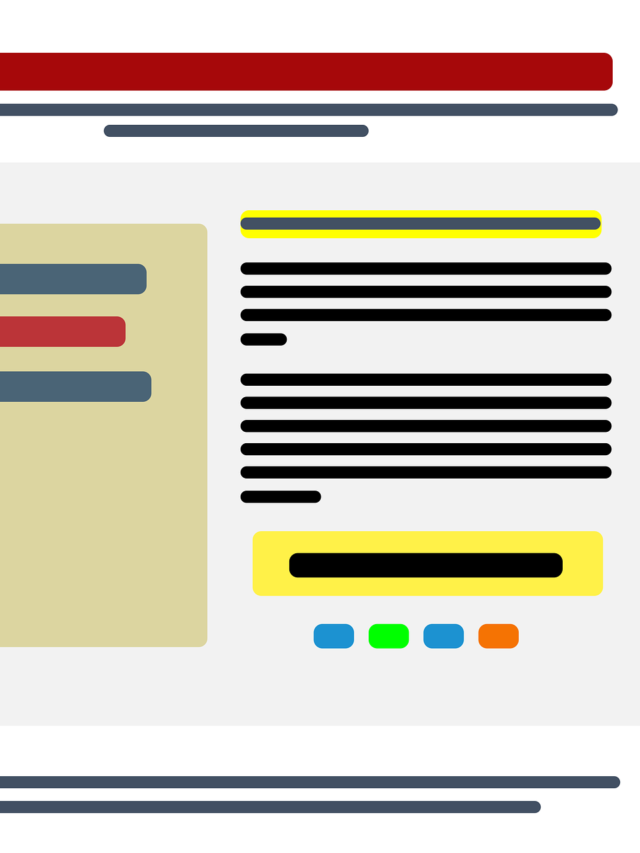5 best practices to follow when writing responsive search ads

The search patterns of the users keep changing all the time, so it’s critical for marketers to stay on top of it. A business owner can better satisfy users’ requirements if we know what they’re looking for in real-time. Changes in search trends have intensified in recent times, owing to the pandemic. New terms are found in 15% of all the daily searches, which marketers have never seen before. Marketers must work on the agile methods to optimise Search advertising to guarantee that brands are constantly relevant to what consumers are searching for.
Advertising created with responsive search ads (RSAs) adjust to and closely match what consumers are searching for at any given time. Responsive search advertisements allow you to build an ad that adjusts to display your consumers more text—and more relevant information about your product or the service provided.
The technology, which is powered by machine learning, creates advertisements with personalised content at scale, saving advertisers time and effort while also delivering superior results. Advertisers that move from expanded text ads to RSAs while keeping the same assets experience a 7% increase in conversions at the same cost per conversion.
Marketers submit numerous headlines and descriptions, which are used to generate optimal advertisements. Machine automation arranges them in the best possible sequence, and the customer receives an appropriate ad based on the audience search query. The clever algorithm then analyses numerous ideal ad combinations to see which ones perform best for specific searches and then shows potential consumers the highest-performing advertisements.
The machine, on the other hand, requires excellent input before it can create RSAs that drive outcomes. Here are five of the RSA’s recommended practices for generating effective advertisements.
Create headlines that are crisp and unique
The algorithm optimises headline-description combinations to ensure that each ad has new information. Marketers can submit up to 15 headlines and four descriptions for each campaign. The greatest headlines are short and memorable. Each headline should make a new point, provide a new perspective, or express something unique in your content.
The brand name, product, relevant keywords, advantages are given, and a call-to-action should all be included in each headline. Here’s an example of a headline that combines many essential components to sell BrandXYZ’s smartphone.

The exposure of an ad is increased when the headline incorporates search phrases that consumers use. There’s also a better chance that the user will click on it. Provide at least three popular search phrases to use in ad headlines before you start writing them, you can use Google’s search term report or keyword insertion tool to find the related keywords. Popular search keywords in headlines are more likely to attract people’s attention.
Include at least three popular keywords in the headline:
KFC Malaysia’s RSAs campaign from earlier in the epidemic is an example. Due to pandemic-related limitations, the fast-food business witnessed a significant reduction in dine-in traffic. At the same time, there was a 16X increase in meal delivery searches across the country. The business conducted a responsive search ad campaign to promote direct orders through its online delivery site to capitalise on the new search trend.
An example is KFC Malaysia’s RSAs advertising from earlier in the pandemic. The fast-food industry saw a major drop in dine-in traffic as a result of pandemic-related restrictions. At the same time, food delivery searches increased by 16 times throughout the country. To capitalise on the new search trend, the company ran a responsive search ad campaign to encourage direct orders through its online delivery site.
Make use of terms that encourage people to take action
Encourage consumers to take some action after they have read your ad. Don’t be afraid to utilise action-oriented terms and phrases in your ad descriptions, such as “contact us today” or “book now.” The call to action should, ideally, be in line with the user journey design and direct them to the product or service. Strong CTAs provide an obvious lead to what consumers should do next after reading your ad.
Focus on your USP
Enticing lead magnets like “50% discount” and “free instalments” may catch the eye, it’s equally vital to highlight the product’s unique selling value in the headline or description. People can make an informed buying decision if the qualities and benefits of a product are highlighted.
This approach is used by Google’s agency partner I-DAC Bangkok to build great RSAs ad strength campaigns for its clients in a variety of sectors, including automobiles. Mitsubishi Motor Thailand is one such customer.
In advertisements for the Mitsubishi All New Xpander, the car’s competitive price tag was stressed in the headline, while its spacious capacity was promoted in the description. Mitsubishi’s Search advertising approach resulted in a 150% increase in test drive registrations and a 60% decrease in cost per conversion.
Pin essential items to improve visibility
Although the headline-description combinations are randomised by the algorithm, marketers may tie headlines and descriptions to specific places in Search advertisements. The product name, price, and unique selling point are all prominently shown in the headline and description as a result. Marketers can also pin two or three descriptions to a single location and evaluate whether a headline or description works better in order to optimise the advertisements. In its Search advertising campaign for the mobile phone giant, Starcom, Samsung Indonesia’s media agency, integrated this technique with other RSA best practices. The product’s specifications and main characteristics were pinned to the description.
This great approach was repeated by Starcom in future Samsung Indonesia promotions. This not only saved them time and money when it came to ad optimization but also helped them have a greater click-through rate.

“Responsive search advertising enabled us to increase our Search campaign ad quality and performance, and more significantly, they saved us time in optimising and monitoring the campaign,” says Starcom Media Performance Manager Azila Prabaningtyas Utami.
Marketers can’t afford to skip a beat in today’s fast-changing customer landscape. To appear in the appropriate location and time in their Search journey, one must act in accordance with users and what they are looking for. RSAs, for example, are machine learning-powered tools that help in optimising the search ad campaigns for companies. Google continues to develop and achieve outcomes by adopting these five best practices for RSAs.
It is worth noting when you are designing a responsive search ad, the best practice to follow is to provide several headlines and descriptions. This allows Google Ads to automatically test and learns which combinations work best over time. Following the above-mentioned practices while writing responsive search ads makes it easier to provide the right message to your audience.







